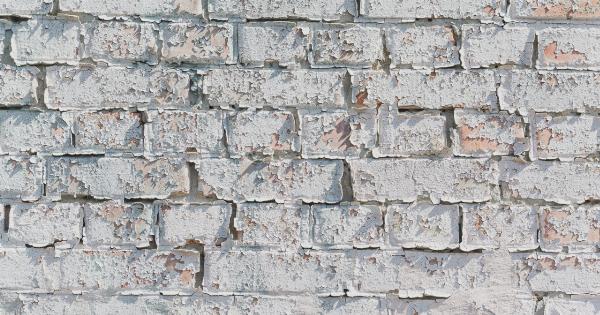Many of us have swallowed gum without giving it much thought.
Whether it’s a reflex action or a deliberate choice, have you ever wondered what exactly happens inside your body when you swallow gum? Does it really stay in your stomach for years, as some people claim? In this article, we will explore the truth behind what happens when you swallow gum and how your body processes it.
Chewing Gum Composition
Before delving into the details of what happens when you swallow gum, let’s understand the composition of gum itself.
Most chewing gums consist of a gum base, sweeteners, softeners, flavors, and sometimes additional ingredients like coloring agents or preservatives. The gum base is the key component responsible for the chewiness and elasticity of the gum.
The Digestive Journey Begins
When you swallow gum, it enters the same pathway that your food travels through during digestion, starting from your mouth to your stomach and intestines. However, unlike regular food, gum cannot be broken down and digested in the same way.
The Indigestible Truth
Gum is made up of several components such as polymers, resins, and elastomers that are not easily broken down by the enzymes and acids present in your digestive system.
While your stomach acids and enzymes can dissolve many substances, gum is designed to resist this process, making it indigestible.
Passing Through Your System
Although gum cannot be broken down and absorbed like other foods, it still passes through your digestive system. The process of excreting gum is similar to how your body eliminates other indigestible materials, such as fiber or certain types of seeds.
It typically moves through your system within a few days, just like any other waste material.
Stomach and Intestinal Movements
Contrary to popular belief, gum does not stick to your stomach lining or stay intact for years. Your stomach and intestines have muscular movements that help propel substances forward, which includes gum.
These movements, known as peristalsis, push the gum along with the other waste materials down the gastrointestinal tract.
What About the Myth of Gum Sticking Around for Years?
There is a common myth that gum stays in your stomach for years, potentially causing digestive issues or even building up to form a large gum mass. However, this is not true.
While gum is indigestible, it does not accumulate or stay in your stomach for an extended period. It follows the regular path of digestion and is eliminated from your body like any other waste.
The Risks and Precautions
Though swallowing gum poses minimal risks, there are a few precautions to keep in mind.
One concern is that large amounts of swallowed gum, especially if consumed together with other indigestible materials, could potentially form a blockage in the digestive tract. This is extremely rare but more likely in young children.
While gum is generally safe to swallow, it is always recommended to spit it out after chewing.
Additionally, if you have a history of gastrointestinal issues or have had surgery in the abdominal area, it is wise to avoid swallowing gum to prevent any complications.
Understanding Gum Warnings for Children
Most gum packages come with a warning label advising against giving gum to children under a certain age.
This caution arises from the concern that young children may not comprehend the difference between swallowing gum and swallowing other foods, which could lead to potential choking hazards.
Gum and Digestive Disorders
Individuals with certain digestive disorders, such as irritable bowel syndrome (IBS), Crohn’s disease, or colitis, may find that swallowing gum exacerbates their symptoms.
This is due to the additional strain that gum puts on the digestive system.
A Word of Caution
While swallowing an occasional piece of gum is generally harmless, consistently swallowing large amounts over time is not advisable. Doing so may increase the likelihood of experiencing digestive discomfort or interference with nutrient absorption.
It is always best to follow the intended purpose of gum: chewing and then disposing of it appropriately.
Proper Disposal of Gum
To avoid any potential risks, it is advisable to spit out your gum after chewing. Ensure you dispose of it in a responsible manner, such as in a trash can or designated chewing gum disposal bin.
Properly disposing of gum helps prevent it from ending up on surfaces, sidewalks, or harming the environment.
In Summary
Swallowing gum is a common occurrence for many people, and the idea that it stays in your stomach for years is simply a myth.
Though gum is indigestible, it passes through your digestive system in the same way as other non-digestible substances and is eventually eliminated as waste. While it is generally safe to swallow gum, it is always best to spit it out after chewing to mitigate any potential risks and complications.





























